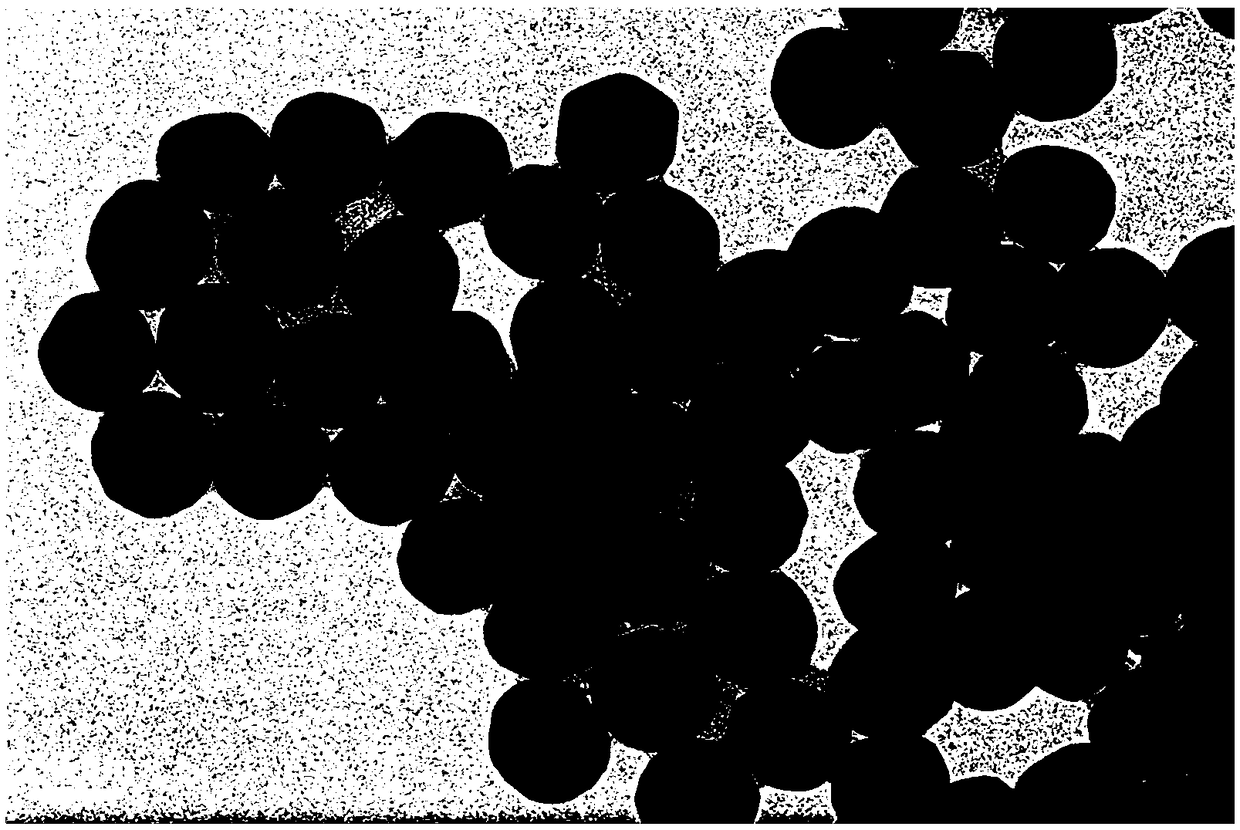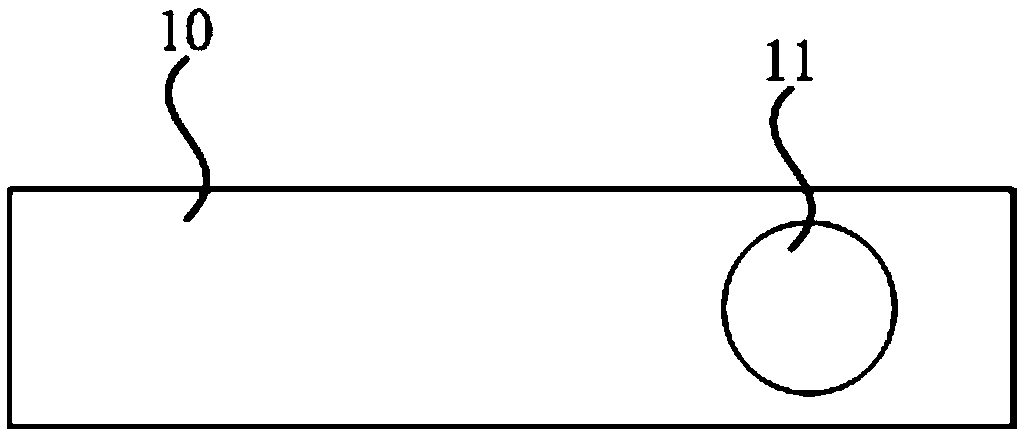Tyrosinase activity detection method based on recyclable SERS sensor
A technology for tyrosinase and activity detection, applied in the field of tyrosinase activity detection, can solve the problems of difficulty in the analysis of surface-enhanced Raman spectroscopy, rare surface-enhanced Raman spectroscopy research, and direct detection selectivity limitation. , to achieve the effect of convenient evaluation, low cost and overcoming technical deficiencies
- Summary
- Abstract
- Description
- Claims
- Application Information
AI Technical Summary
Problems solved by technology
Method used
Image
Examples
preparation example Construction
[0029] There are many methods for preparing the surface-enhanced Raman scattering sensor, as long as the structure of the surface-enhanced Raman scattering sensor can be formed. A preparation method of the surface-enhanced Raman scattering sensor is exemplified below, which includes the following steps:
[0030] First, a nanoparticle gold colloid substrate with surface-enhanced Raman activity was prepared. The specific process is as follows:
[0031] (1) Prepare a chloroauric acid solution with a mass fraction of 0.05% to 0.1%, and heat to boiling.
[0032] The boiling means that the solution being heated is boiling in the natural environment, and since the boiling temperature of the solution is different at different altitudes, it is not limited herein.
[0033] (2) Slowly add sodium citrate with a mass fraction of 1% to 2% into the chloroauric acid solution dropwise, and keep boiling for more than 15 minutes.
[0034] The reaction time of the reducing agent solution and the...
Embodiment 1
[0059] 1. Prepare a surface-enhanced Raman scattering sensor, specifically including the following steps:
[0060] (1) Preparation of nanoparticle gold colloid substrate with surface-enhanced Raman activity.
[0061] Prepare 100 mL of 0.05% tetrachloroauric acid trihydrate solution, place in a clean beaker and heat to 100°C. Take 0.1g of sodium citrate in 10mL of ultrapure water and dissolve it fully, then slowly add it dropwise to the above solution, continue to boil for 15 minutes, then let it cool down to room temperature, and obtain a red nanoparticle gold colloid with surface-enhanced Raman activity . figure 2 is the TEM image of red nanoparticle gold colloid with surface-enhanced Raman activity, from figure 2 It can be seen that the nanoparticle gold colloid with surface-enhanced Raman activity has a uniform particle size and is a better surface-enhanced Raman substrate.
[0062] (2) Preparation of a surface-enhanced Raman scattering sensor for the detection of tyro...
Embodiment 2
[0073] 1. Prepare a surface-enhanced Raman scattering sensor, specifically including the following steps:
[0074] (1) Preparation of nanoparticle gold colloid substrate with surface-enhanced Raman activity.
[0075] Prepare 100 mL of 0.05% tetrachloroauric acid trihydrate solution, place in a clean beaker and heat to 100°C. Take 0.1g of sodium citrate in 10mL of ultrapure water and dissolve it fully, then slowly add it dropwise to the above solution, continue to boil for 15 minutes, then let it cool down to room temperature, and obtain red nanoparticle gold colloid with surface-enhanced Raman activity .
[0076] (2) Preparation of a surface-enhanced Raman scattering sensor for the detection of tyrosinase activity.
[0077] Take a clean ITO electrode and clean it ultrasonically with deionized water and acetone for 30 minutes, then dry it with nitrogen. Subsequently, the ITO electrode was functionalized by immersing it in an acetone solution containing 1.0 mM 3-mercaptopropy...
PUM
 Login to View More
Login to View More Abstract
Description
Claims
Application Information
 Login to View More
Login to View More - R&D
- Intellectual Property
- Life Sciences
- Materials
- Tech Scout
- Unparalleled Data Quality
- Higher Quality Content
- 60% Fewer Hallucinations
Browse by: Latest US Patents, China's latest patents, Technical Efficacy Thesaurus, Application Domain, Technology Topic, Popular Technical Reports.
© 2025 PatSnap. All rights reserved.Legal|Privacy policy|Modern Slavery Act Transparency Statement|Sitemap|About US| Contact US: help@patsnap.com



